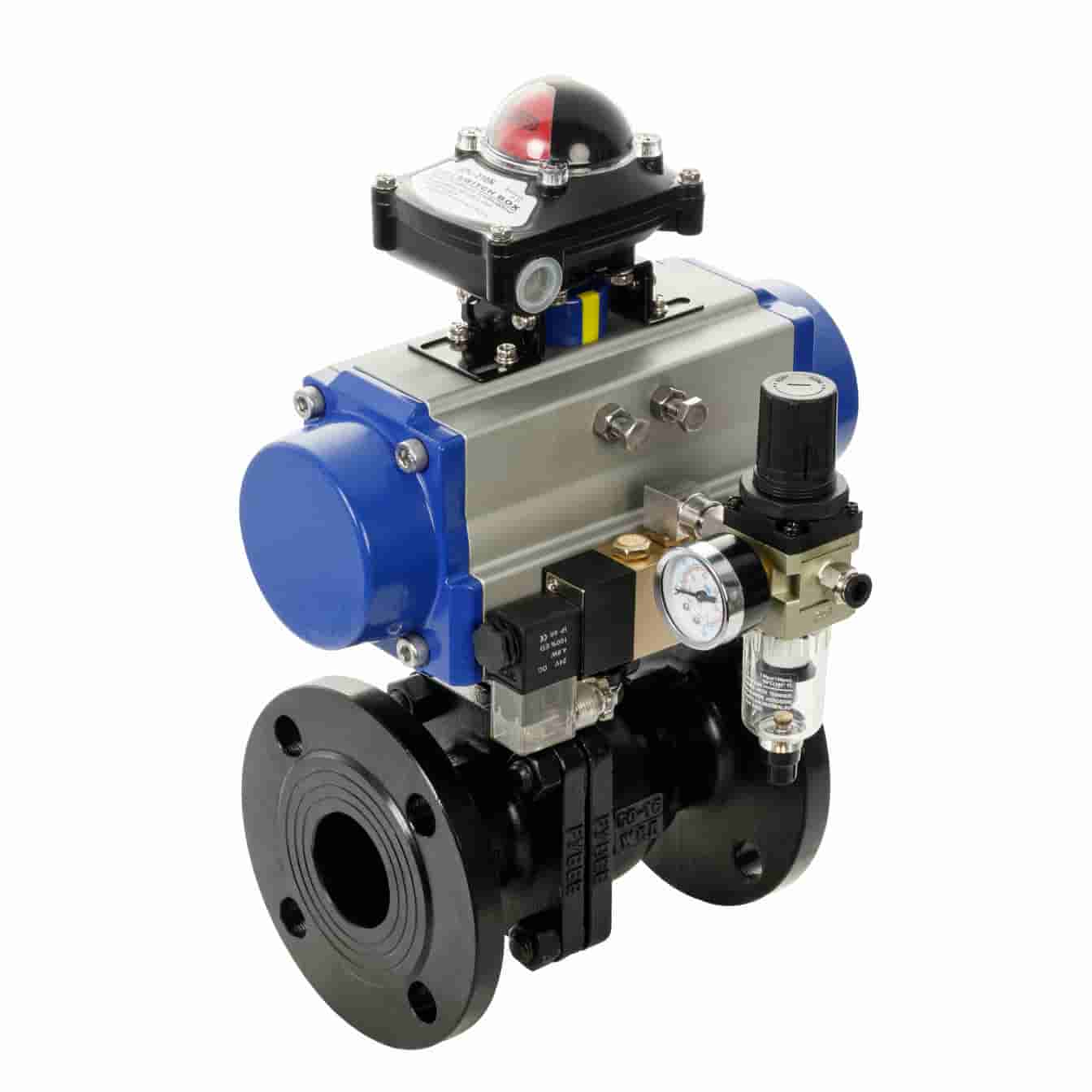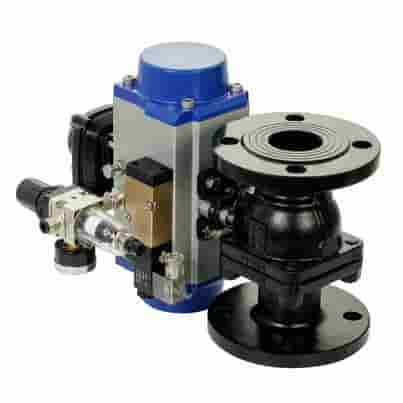understanding pneumatic ball valves: functionality and applications
Release time:2024-12-07 16:53:46
Pneumatic ball valves are essential components in various industrial processes, playing a crucial role in regulating the flow of gases and liquids. These valves are designed to provide quick and precise control over fluid dynamics, making them invaluable in systems where reliability and speed are paramount. This article explores the functionality, advantages, and applications of pneumatic ball valves, providing a comprehensive overview for those interested in understanding their significance in modern engineering.

What is a Pneumatic Ball Valve?

A pneumatic ball valve consists of a spherical disc—known as the ball—that has a hole through the center. This ball is mounted in a valve body, and its rotation determines whether the valve is open or closed. When the ball's hole is aligned with the flow direction, the valve is open, allowing fluid to pass through. Conversely, when the ball is rotated 90 degrees, the flow is obstructed, and the valve is closed. This simple yet effective design allows for quick shut-off and precise flow control.



